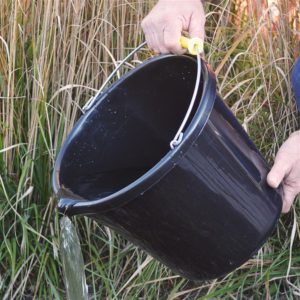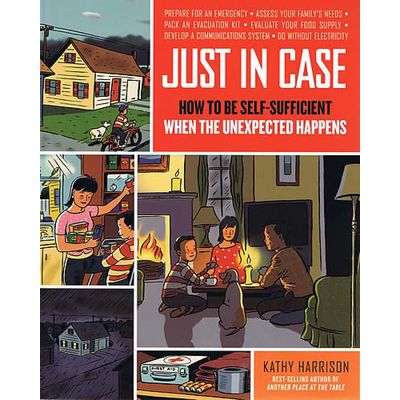
Like most young boys, I often dreamed of living without modern creature comforts. In my ideal world I would use candles for my light, cook over an open flame, and eat canned goods and jerky.
Eventually I got my wish- about five years ago during an exceptionally bad winter when the power lines came down. For five days my family endured frigid temperatures with no phone service or electricity. The grocery and hardware stores in the nearby towns were in the same shape, leaving everyone to find their own way to survive.
Recent summer storms show us that warm weather has hazards too. The storm series in early July brought down power lines, flooded creeks and choked roads with downed trees across the country.
Using candles or oil lamps for light is a simple fix when the power’s out. Having enough water on hand for drinking, cooking and personal hygiene becomes a serious concern. Proper food preparation and living with some level of creature comforts makes the aftermath of a bad storm more manageable.
In the world of self-reliance there are different levels of being ready. First, you prepare for the immediate concerns. Then you plan for surviving for the next 72 hours. The third level is amassing supplies and equipment needed to live for a prolonged period until help arrives or conditions return to normal.
In the case of our winter storm, my family and I could be self-sufficient. We had storage boxes full of camping and survival gear, a pantry full of canned and boxed goods and nearly 75 gallons of fresh water on hand.
If you’re not already prepared to weather a serious storm and the aftermath, regardless of the season, then continue reading. We’ll discuss what you need immediately, for the first three days, and for the days that follow until life returns to the way it was before.
Immediate Needs: Pre-Storm Preparation
When a localized disaster strikes there are some immediate concerns to consider:
I’m talking about having the needed items to “stabilize”your situation at hand and knowing how to use them.
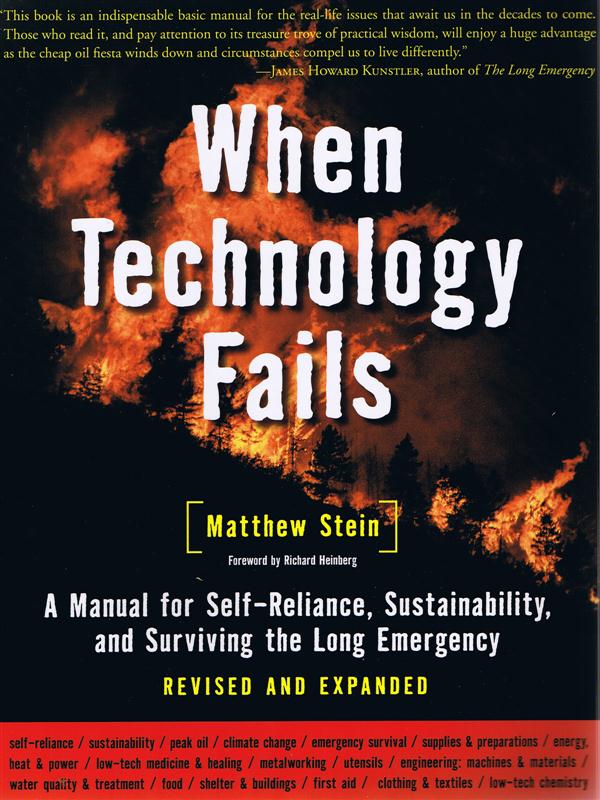
Just as important is the knowledge to use supplies properly. The first piece of storm preparedness gear you need is a manual or other hard copy reference guide. Books such as When Technology Fails or Family Preparedness Guide deal with emergency preparedness with clear hands-on, how-to suggestions.
Or consider having one or more pocket references on hand covering topics such as emergency aftermath, first aid, or winter survival. Even old Boy Scout or military manuals offer good information, but aren’t specifically geared for the homestead.
Next you’ll want a good first aid kit. Go beyond the $10 camping kit at the nearest Wal-Mart outdoor department and be sure to have ample supplies of bandages, first aid creams and burn treatments on hand. Every car and truck in my family’s small fleet has a matching assortment of first aid supplies stowed in a waterproof plastic case. Our home has a similar but more extensive kit on an easily accessible shelf. I bought all the supplies in bulk at general merchandise stores and kept the cost well below that of buying individual kits.
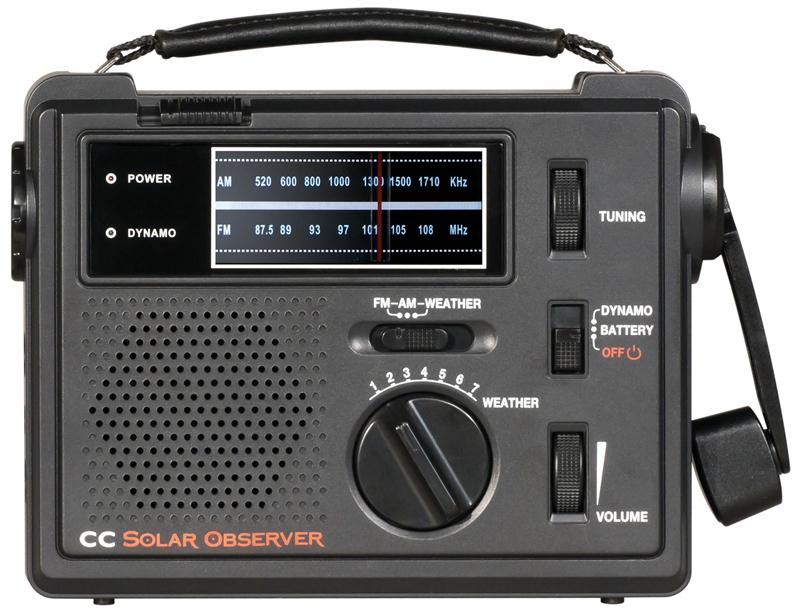
Moving to the next step, every vehicle first aid kit is accompanied by a couple bottles of water. At home we keep a flat of bottled water on hand even though we have a great deep well. Water is essential. It’s helpful in many first aid treatments, can help ease the symptoms of shock, and is second only to oxygen for sustaining life. Each vehicle and the house also have multiple flashlights, including a hand-cranked flashlight. The house emergency kit also has a hand-cranked portable radio. In winter, be sure and keep a blanket in each vehicle, and at home have a backup emergency heat source. A wood stove or fireplace can be used independently of electricity or propane. A portable propane heater can provide immediate heat, as long as you assure the heater is properly vented.
After The Storm: The Next 72 Hours
Hopefully the storm wasn’t severe enough to cause injuries, and all you’re left to do is deal with finding alternative means to get water, food and, if necessary, heat until you or the power company can get everything back to normal. While it might be a few hours or several days, you should always be ready to survive at least 72 hours at home with supplies you keep on hand. Kits with first aid items, food and other emergency supplies can be purchased as a packaged deal from various outfitters if you haven’t put together your own.
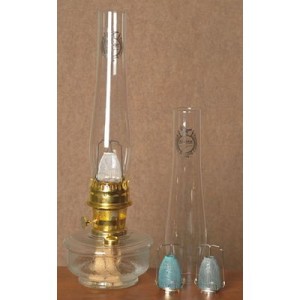
If you choose to piece together your own 72-hour kit look at including the following items: an oil lamp (Aladdin lamps are brightest) and spare oil and/or several candles, canned or boxed food items, a can opener and stormproof matches. Consider having a couple containers of peanut butter and some crackers on hand, since it makes a great snack and is a good source of protein. If you cannot stomach eating cold food from cans, you’ll want some source to heat up the meals. A multi-fuel camping stove works great. A propane or camp fuel-powered stove is another inexpensive option. As always, make sure these are properly situated and vented. Never leave an active portable stove unattended.
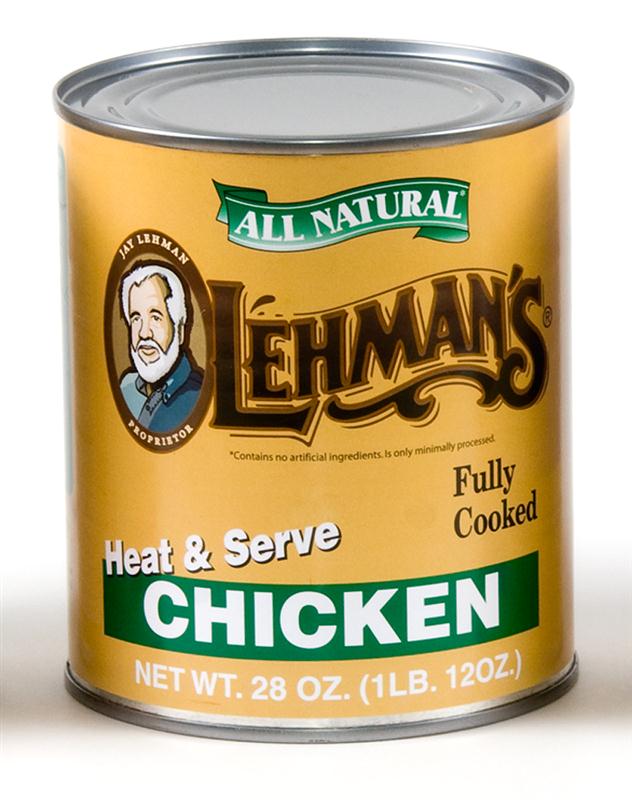
Amassing enough food for three days is simpler than you might think. Just a few cans of canned beef or other meat, canned fruit, canned vegetables, peanut butter can sustain a small family for a few days. Think about how much each member would need to comfortably survive a few days and then stock up that amount. Use the old and replace it with new goods as the supply nears the expiration date. As for water, plan to have two gallons per person per day on hand, with at least one of those gallons being potable. Clean plastic water storage jugs are available where camping supplies are sold, and can be purchased in multi-gallon sizes.
Until Order Is Restored
After most storms, the infrastructure will be up and roads opened within three days. Grocery and hardware stores will be open to purchase necessities as normal. But there’s always that small percentage of storms which leave people getting along on their own for an extended time. For example, consider the tornado which ripped through Joplin, Missouri, in 2011. Thousands became homeless, most utilities were out, and roadways were blocked with collapsed buildings, downed trees and other storm debris. Even though part of the city remained and help was on the way within hours, there were instances of people having to fend for themselves for days before they could be rescued or in order to remain on their property to protect against looting.

Of course, most post-storm survival isn’t as extreme as the Joplin tornado or New Orleans floods of a few years ago. In most cases you’ll be able to get some level of help and support within a day or so. But you might still be without power to operate lights, heat sources or a well pump. After several multi-day power outages following winter storms in recent years, all of my neighbors and I own gas-powered generators. Now when the power goes out and doesn’t come back on within a few minutes, you can hear generators firing up all up and down the road. Lights come on and well pumps flow. All three of us have wood furnaces as secondary heat sources, and the generator also runs the blower to keep the house warm.

Between our large assortment of camping gear, my collection of Dutch ovens and cast iron cookware, several barbecue grills, a well-stocked pantry and 100 gallons of water and a generator to pump more as needed, I know for a fact we can function on our own for at least a couple weeks.
Plan for the occasional emergency and accumulate the needed equipment. Then all these things can go beyond survival and even improve the quality of life during prolonged times of self-reliance following a bad storm.

